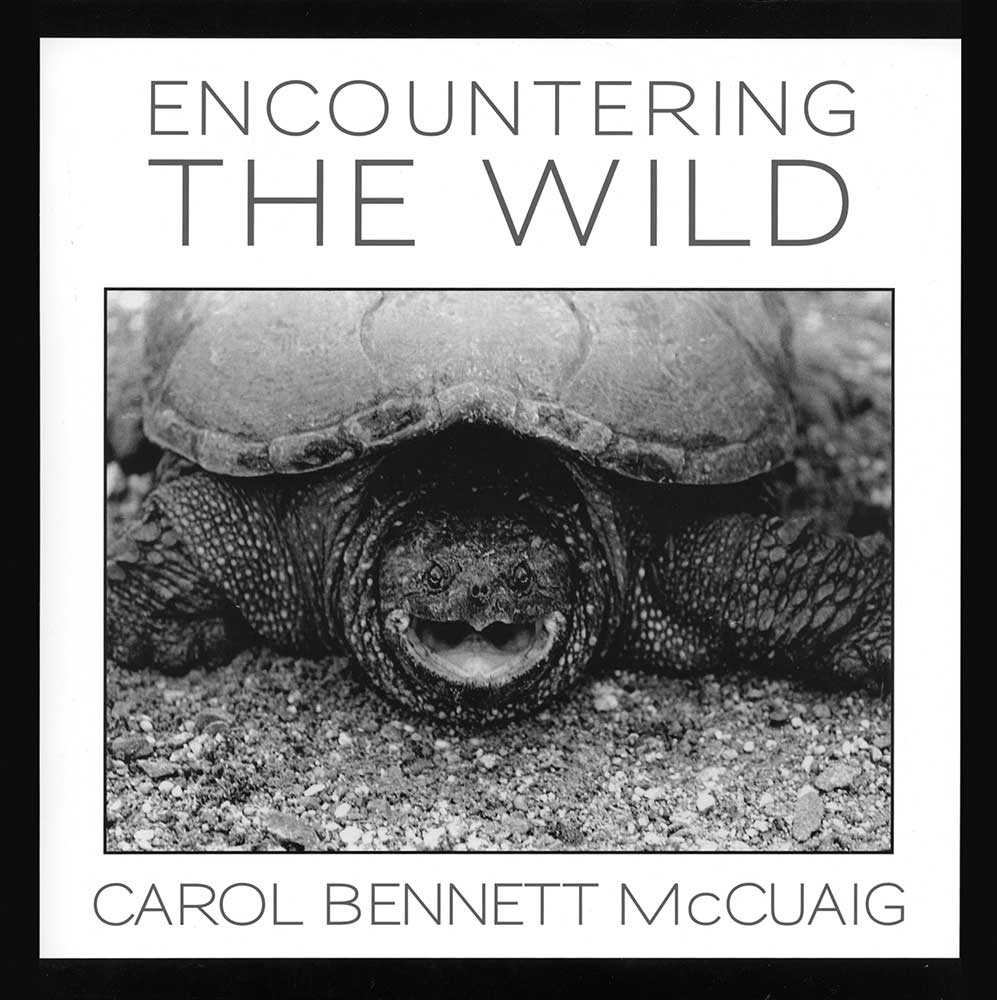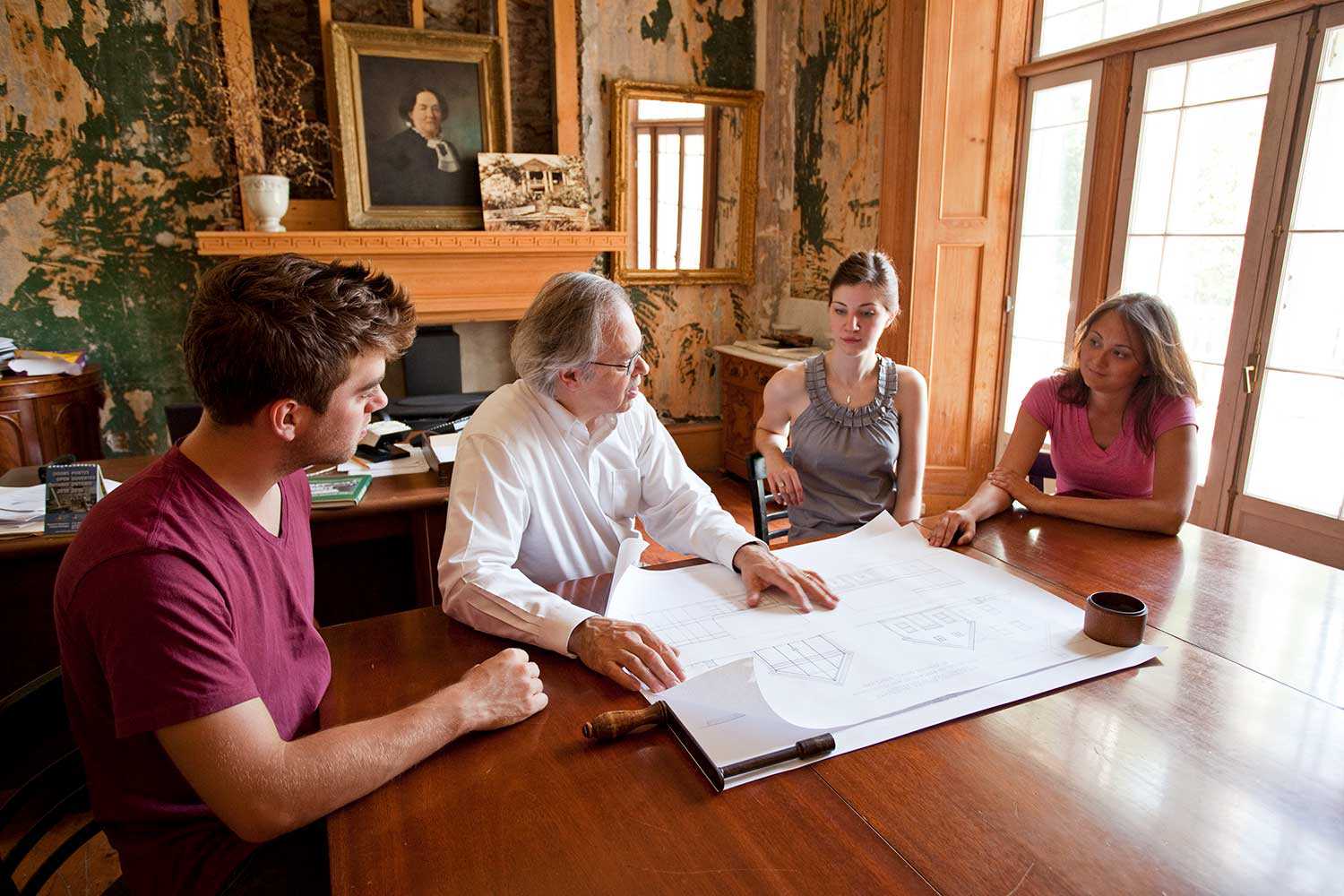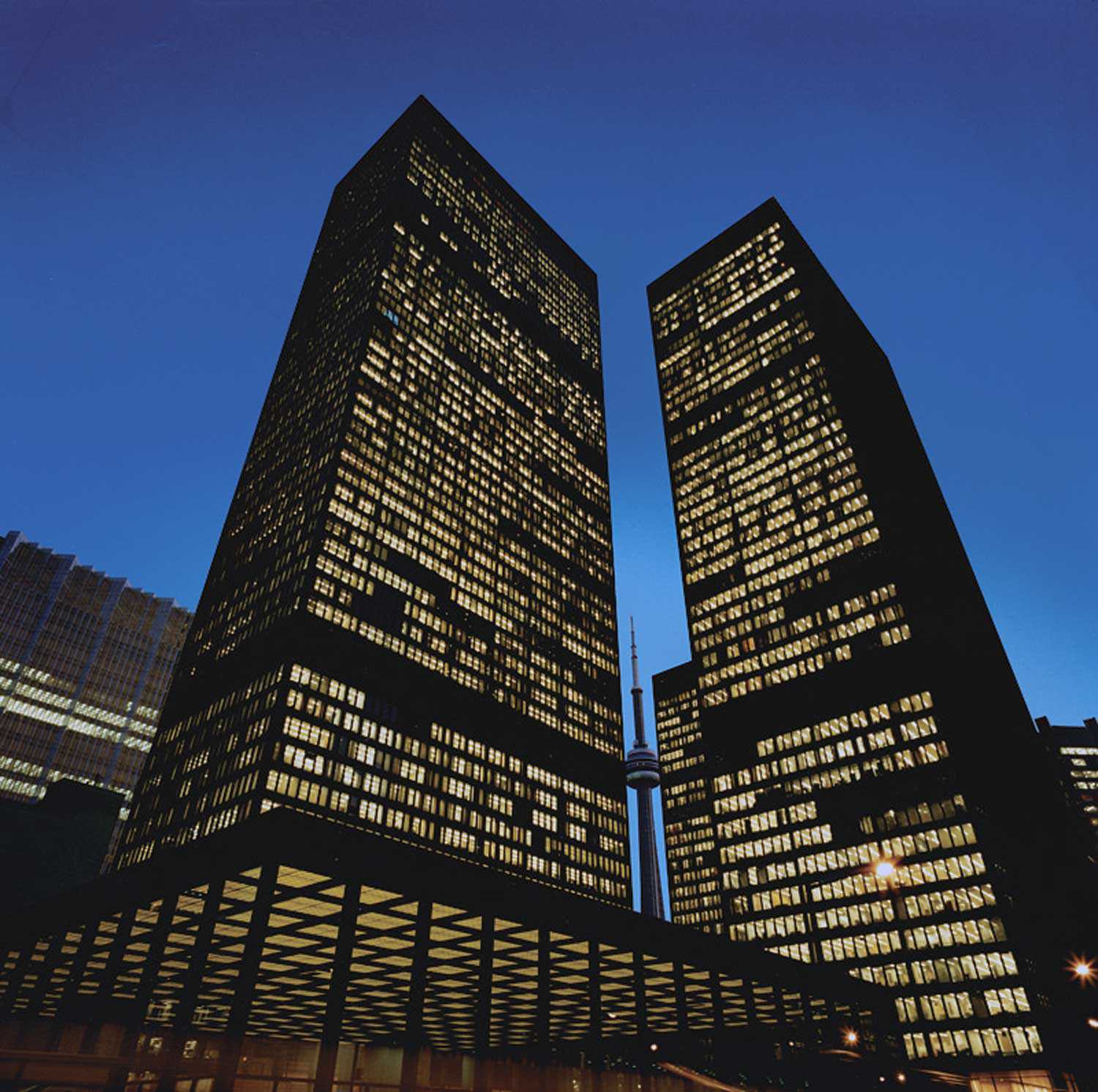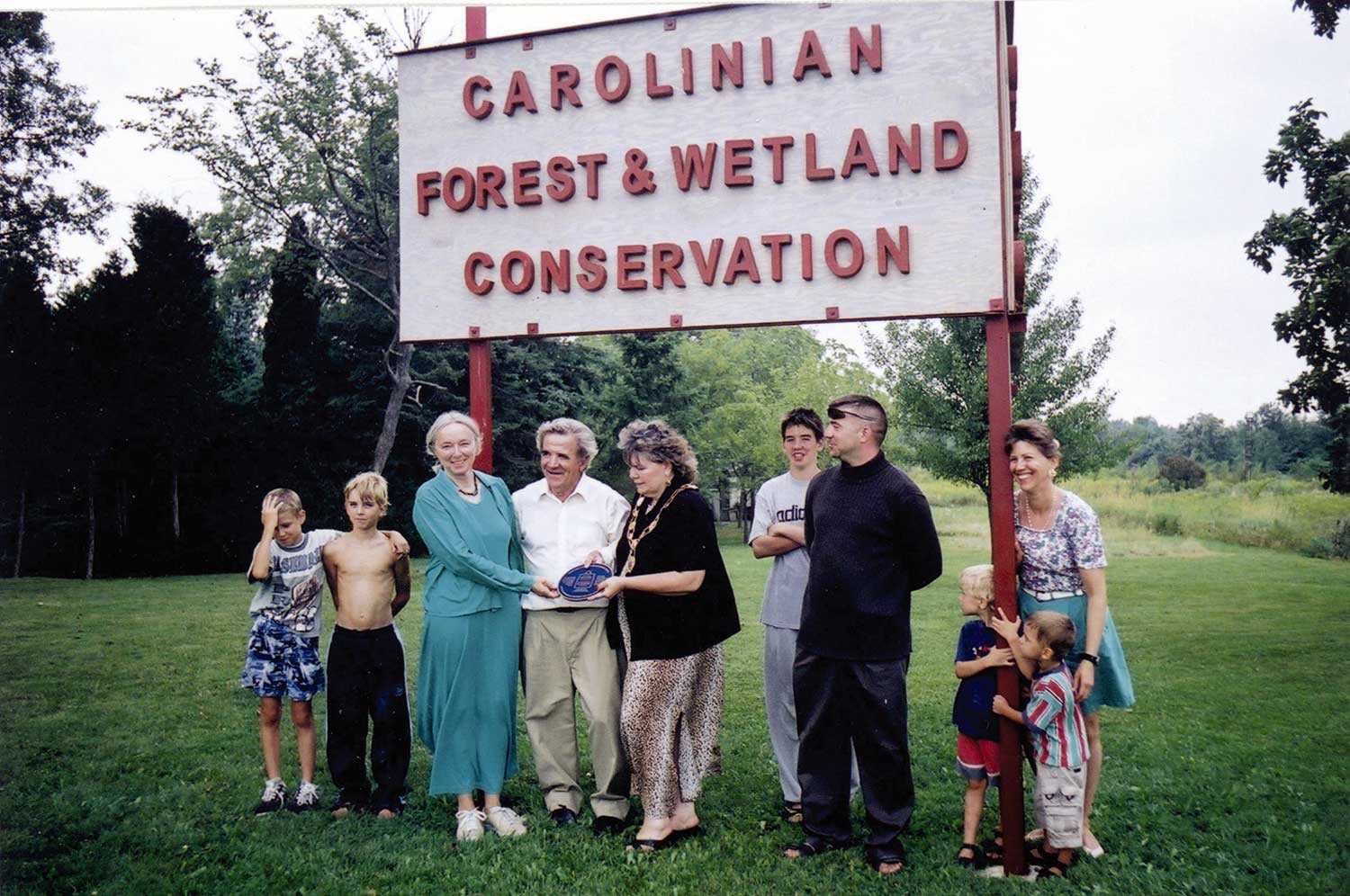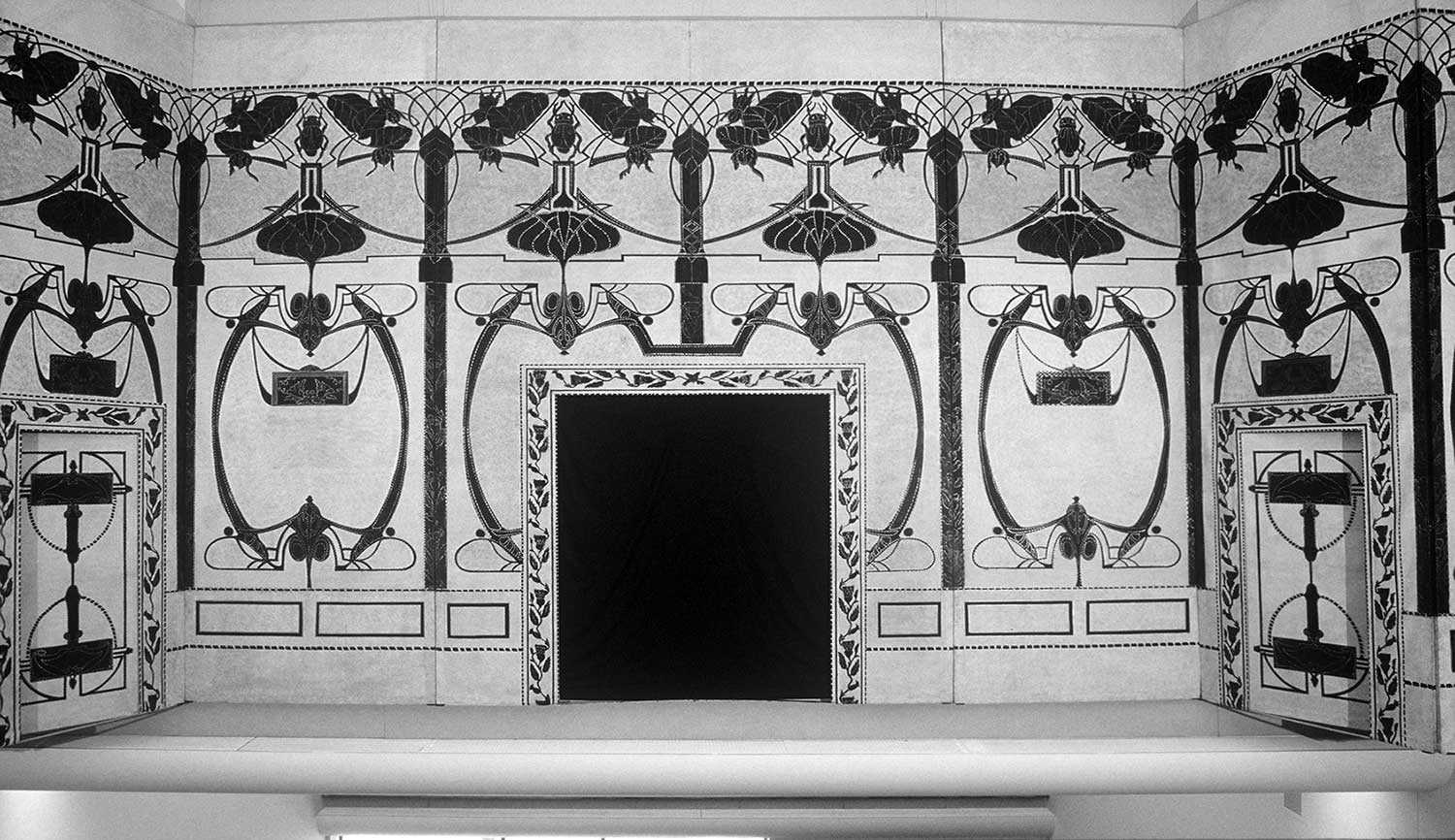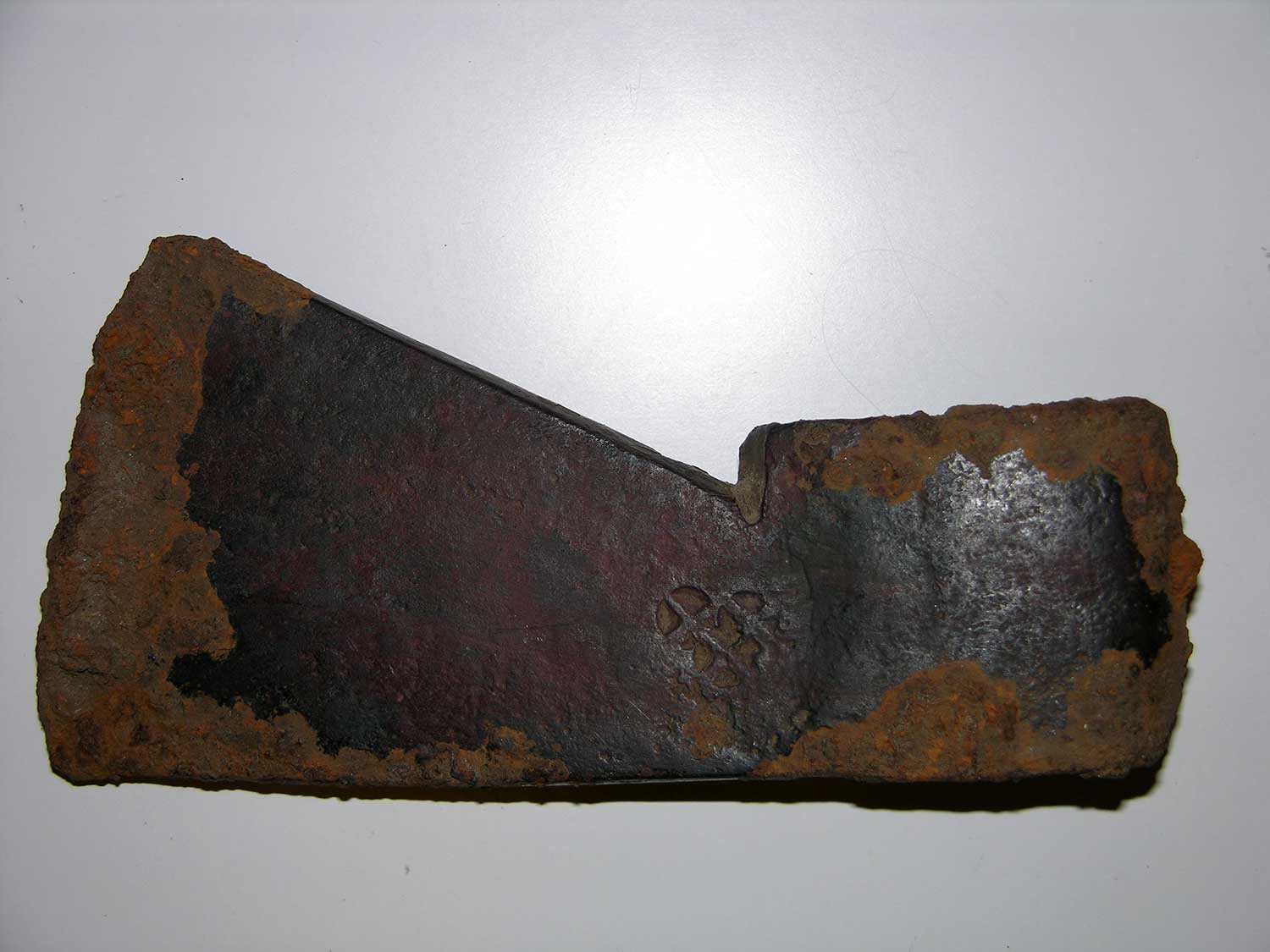

Browse by category
- Adaptive reuse
- Archaeology
- Arts and creativity
- Black heritage
- Buildings and architecture
- Communication
- Community
- Cultural landscapes
- Cultural objects
- Design
- Economics of heritage
- Environment
- Expanding the narrative
- Food
- Francophone heritage
- Indigenous heritage
- Intangible heritage
- Medical heritage
- Military heritage
- MyOntario
- Natural heritage
- Sport heritage
- Tools for conservation
- Women's heritage
Heritage starts here: A brief history of identification


"“I have gazed on the walls of impregnable Babylon along which chariots may race, and on the Zeus by the banks of the Alpheus, I have seen the hanging gardens, and the Colossus of the Helios, the great man made mountains of the lofty pyramids, and the gigantic tomb of Mausolus; but when I saw the sacred house of Artemis, that towers to the clouds, the others were placed in the shade, for the sun himself, has never looked upon its equal, outside Olympus.”"
(Antipater of Sidon, Greek Anthology IX.58)
Why do we make lists? It’s an everyday activity, one that almost everyone does without even thinking about it. At a practical level – whether it’s for groceries, Christmas shopping or outstanding household chores – we make lists because we want to remember something and then get it accomplished. On a bigger scale, we make lists that are more complex and comprehensive – household items for insurance purposes or possessions we wish to pass down to a future generation.
At the community level, however, lists – sometimes referred to as inventories – can include our building assets, sites that help define our cultural and natural landscapes. These inventories help ensure that these buildings and their contents are both celebrated and, ultimately, remembered. Such lists have a long historical tradition and are central to how we have, for centuries, approached and understood our relationship with the world around us.
From the great epic poets (Homer and Hesiod) to the fathers of history and geography (Herodotus and Strabo), ancient Greek authors loved to make lists. Philo of Byzantium and Antipater of Sidon – Greek writers in the 1st century BCE – are often co-credited with codifying the Seven Wonders of the Ancient World. While this is perhaps the most famous list of landmarks, there were many other lists and inventories assembled by ancient writers.
Pausanias, in his 2nd-century description of Greece, created a travel inventory of architectural attractions. Many of these accounts are lost, but the locations cited sometimes remain. For instance, the Serapeum at Saqqara, identified by Strabo in the first century AD, was rediscovered by Egyptologist Mariette in 1850. With the decline of the western Roman Empire and rising political and military instability, the motivation and literary opportunity to record monuments evolved significantly under the influence of two emerging faiths: Christianity and Islam.
Many religions share the concept of pilgrimage, but during the Middle Ages the phenomenon evolved in the Christian west to an unprecedented level of sophistication and popularity. By the 12th century, there were over 10,000 sanctioned religious destinations throughout Europe and the Holy Land, all of which were linked by well-organized pilgrimage routes. Today, we are tempted to characterize this as religious tourism. But, in its historic context, the mass culture of pilgrimage was transcendent, profoundly spiritual and central to daily life – there is a contemplative, spiritual and religious value in experiencing relics and holy places firsthand. Pilgrimages, the most important of which led to Mecca and Jerusalem, sometimes lasted for years and posed considerable hardship and risk.
As pilgrim traffic increased, communities developed around these shrines – offering accommodation, security, trade and sometimes boasting spectacular architecture. These sites were often built on ancient ruins to help garner political or religious authority. Guidebooks or itineraries were developed to help identify major destinations, encourage devotion and sometimes even assist with logistics, like transportation and where to eat.
From the beginning, sites competed with one another for prestige and citation in the various published itineraries. Among the more famous are the Itinerarium Burdigalense (333 AD), Liber Sancti Jacobi (12th century) and Itineraries of William Wey (1458 AD). Publishing these routes and their associated religious sites, while encouraging pilgrimage, ultimately expanded medieval knowledge of geography, science and history, while exposing the population to new ideas and other cultures.
Following the Renaissance and continuing through the Enlightenment, personal travel and a renewed interest in antiquity dominated western intellectual life. Starting in the 17th and culminating in the early 19th centuries, European gentlemen who possessed the means were expected to complete their education by touring the continent and immersing themselves in antiquity – art, architecture and literature. These so-called Grand Tours were eventually standardized by location (e.g., Rome, Venice, Athens, Florence, Vienna, etc.) and by the works of art, monuments and ruins that were deemed to hold artistic, historical or architectural value.
Though often anecdotal and personal, these published lists were highly influential. Paintings, prints and engravings of architecture were produced in great quantities during the second half of the 18th and early 19th centuries. Even if one couldn’t manage to reach the destinations in the Grand Tour, it was possible to obtain reproductions of the important attractions and thereby express your sophistication as a collector. Travel itineraries transformed into recognized lists of monuments and, ultimately, art. The romantic prints of Piranesi’s Vedute (1745), the technical drawings of Stuart and Revett’s Antiquities of Athens (1755) and the urban scenes of Rigaud, Panini and Canaletto were extremely popular and a major influence on contemporary architecture.
As the Industrial Revolution gained momentum and scientific investigation flourished, a renewed and more academically rigorous interest in the past developed. Affordable travel and political stability also enabled cultural tourism for a much broader audience. A cult of empiricism arose and a fascination with identifying, cataloguing and classifying all things swept through western society. By the mid- to late 19th century, such fields as natural history, botany, genetics, geology, philology, Egyptology, Assyriology, anthropology and archaeology had either been created or transformed by the application of the scientific method.
Ancient monuments and sites were increasingly threatened with destruction amid the rapid urbanization and development that accompanied industrialization. Fortunately, this period also saw the creation of the architectural conservation movement, embodied by the establishment of the Society for the Preservation of Ancient Buildings (1878) in England. Alongside the age of collecting and analyzing was the impulse to present or display, which led to the establishment of most modern museums. After all, these immense collections – gathered from across the globe – had to be stored somewhere.
In Canada, we see inventories such as the Geological Survey of Canada (1842), and the creation of institutions such as the Museum of Natural History and Fine Arts (1857), which was the precursor to the Royal Ontario Museum (1912). The Historic Sites and Monuments Board of Canada (1919) developed the first major cultural heritage inventory created by the Canadian government. Ontario’s provincial equivalent was the Archaeological and Historical Sites Board of Ontario (1954) – forerunner to the Ontario Heritage Trust. From 1968-87, the Canadian Department of Northern and Indian Affairs administered the Canadian Inventory of Historic Buildings, which identified thousands of significant heritage sites and provided a basis for later local inventories. At the international level, the World Heritage Convention was ratified in 1972, which led to the creation of the UNESCO World Heritage List. Coming full circle, in 2007, the Canadian Broadcasting Corporation recast the Seven Wonders of the World for Canada and voters selected Ontario’s Niagara Falls and Sleeping Giant Park for inclusion.
Today, our inventories take many forms. The Ontario Heritage Trust has an inventory of over 1,600 sites of provincial heritage interest, including properties owned by the Trust, conservation easements held by the Trust and sites recognized through the Trust’s Provincial Plaque Program. The approximately 20,000 properties designated under the Ontario Heritage Act forms the Ontario Heritage Act Register. At the most populist and experiential level, we have the less formal inventory of sites that participate in Doors Open Ontario festivals throughout the province each year. In 2009, this popular program involved 1,203 sites, both new and old, at 48 events. Over 490,000 people made Doors Open a stop on their own “Grand Tour” or pilgrimage.
While some provincewide comprehensive inventories exist to assist communities in identifying and preserving their cultural heritage, this proactive approach is still a fairly new concept. Most parts of Ontario haven’t been comprehensively surveyed and/or the results of those surveys remain unpublished. There have been a number of successes, however, including the Provincial Heritage Bridge Program (1983), the Ontario Heritage Trust’s Inventory of Railway Stations (1984), and the Ontario Realty Corporation’s study of Courthouses, Registry Offices and Jails (2005). More recently, the Trust developed the Ontario’s Places of Worship project, a comprehensive thematic inventory that is changing our understanding of the province’s history and religious legacy. The Ministry of Natural Resources also hosts the Natural Heritage Information Centre, which contributes to the identification and protection of species and ecosystem diversity in Ontario.
Looking back at the history of inventories, there are lessons for us today. Heritage inventories should encourage us to travel and seek out personal connections with special places; they shouldn’t focus on simulating or replacing our heritage. Experience, and therefore travel to unfamiliar places, is critical to our collective education. Lists make us industrious, proud of our accomplishments and, hopefully, curious to learn more. Curiosity leads to exploration, discovery and understanding.
Comprehensive heritage inventories encourage critical thinking by providing the means for comparison. Until we compare, we cannot determine relative value. Until we understand value, we cannot plan to preserve. And if we do not preserve, we cannot enhance, celebrate and share our heritage with those who come after us.










